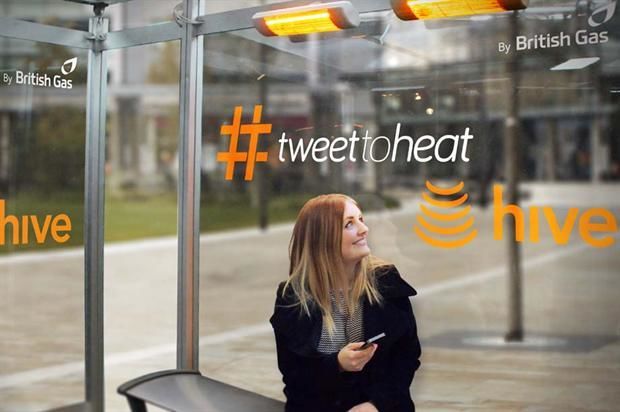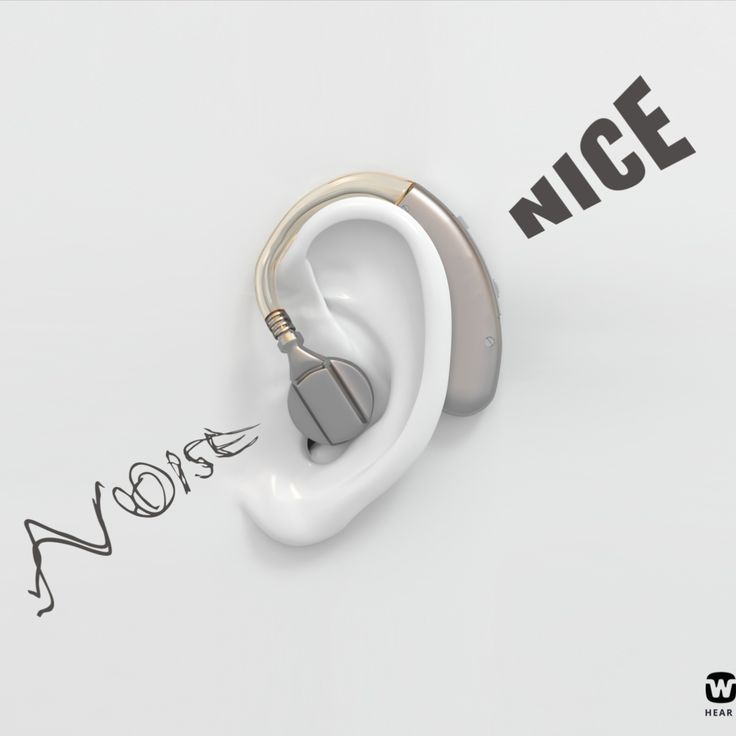
An example of common roadside advertising is the roadside sign. They can be distracting to drivers and could affect their driving behaviour. These signs can be divided into two kinds: static and changing. These signs have a negative effect on driving behavior.
Despite their widespread popularity, evidence regarding the direct impact of advertisements on road safety is sparse. However, a number of studies have explored some key human factor variables related to roadside advertising.
The physical attributes of roadside advertising signs, their speed, how they change and the amount of information displayed are all factors that can influence the risk. All these variables influence the drivers' attention. This is affected by the driver's behavioural characteristics and their physiological and psychological resources.

Drivers who are inexperienced or young are more likely to spend their attention on interaction with roadside ads than drivers who are older and more experienced. Their ability to discriminate between relevant and irrelevant information is also lower. These people are more likely to be distracted.
One method used to examine the impact of roadside advertising on driving behavior is the Task-Capability Interface (TCI) model. This model integrates environment and vehicle to show the relationship between them. According to the TCI model the degree of changeability and attention paid by drivers is directly related to the quality of roadside advertisements signs. Transient factors include changes in information, signs number, and images displayed sequentially.
Drivers' performance decrements were found to occur after interaction with a roadside advertising sign. Studies revealed that the decrements in performance were greater among young drivers. In addition, distraction levels were increased when there was a human present at the sign.
Additionally, researchers have examined the effect of various roadside advertising technologies upon driver behavior. A study was done in Israel to compare the effects of billboard removal and restore, and see how they affect drivers' driving behavior. Another study looked at the impact of digital advertisements on the way drivers drove.

While the roadside advertising business recognizes the importance and necessity of road safety, they are not responsible for ensuring their products do no cause an accident. Therefore, it is essential to research a wide variety of road users. These research studies should also consider pedestrians.
It is important to examine the effects of roadside advertisements on driving. However, it is equally important that we consider all human factors that could influence driving. It isn't always possible to do this in a systematic manner.
The complex relationship between roadside advertisements and drivers' behavior is not easy to understand. Roadside advertising can be considered as an environmental clutter, and its impacts can be difficult to assess.
FAQ
Advertising: What does it mean?
Advertising is an art form. It's more than just selling products. It's about building emotional bonds between brands and people.
Advertising is about storytelling and using images to communicate ideas.
Communicating clearly and persuasively is key. You must tell a story that is relatable to your target market.
Advertising is therefore distinct from other forms communication such as writing and public speaking.
You are building a brand identity when you run a successful advertising campaign.
This is how to be remembered. People want to remember you.
What is branding?
Your brand is your way of communicating who you are as well as what you stand behind. It's how you make people remember you when they hear your name.
Branding is about creating a memorable brand identity for your company. Branding is more than a logo. It encompasses everything, from the physical appearance of your company to the voice and tone used by your employees.
A strong brand makes customers feel more confident about buying from you. And it gives them confidence in choosing your products over those of competitors.
Apple is a great example of a brand-named company. Apple's brand is well-known for its stylish design, high-quality products and outstanding customer support.
Apple's name is synonymous with technology. Apple is what people associate with when they see a phone or computer.
When you consider starting a business, it's important to develop a brand. This will give your business a personality and face.
What is the cost of advertising on social media?
You should be aware that social media advertising costs money. You will be charged monthly for your time spent on each platform.
Facebook: $0.10 per 1,000 impressions
Twitter - $0.20 for 1,000 impressions (if tweeting)
If you send invitations, Linkedin: $0.30 per 1,000 impressions
Instagram: $0.50 per 1,000 impressions
Snapchat - $0.60 per 1,000 impressions ($0.40 per user)
YouTube - $0.25 Per 1,000 Views
Tumblr – $0.15 per 1000 impressions for text postings
Pinterest - $0.05 per 1,000 impressions per month
Google + - $0.15-$0.20 per 1 million impressions
Tumblr – $0.15 - $0.20 per 100,000 impressions
Vimeo – $0.20- $0.25 Per 10,000 Impressions
Soundcloud: $0.20-$0.25 Per 1 Million Plays
StumbleUpon - $0.20 -$0.25 per 1 billion pageviews
Digg – $0.20 - 0.25 per 1000 diggs
Reddit - $0.20-$0.25 per 1000 comments
Wordpress - $0.20 - $0.25 for 500 comments
Flickr - $0.20 -- $0.25 per 5,000 photo uploads
What do you need to know about internet advertising?
Internet advertising is an integral part of any business strategy. It allows companies to reach potential customers at low costs. There are many types of internet advertising. Some advertising is free and others are paid.
You can also advertise online using banner ads, pop up ads, search engine optimization, pay-per-click advertisements (PPC), social media marketing (e-mail marketing), and mobile marketing. Each method comes with its own set of advantages and disadvantages.
Is there any way to get free traffic?
Free Traffic refers to the traffic that comes directly from organic search results without paying for ads. This type of traffic is known as organic traffic or natural traffic. You can get traffic free of charge by using article marketing, social media marketing and blogging.
Article marketing is one of the most effective ways to get free traffic. This is because it has a very low cost per click (CPC). The CPC is usually very cheap compared to paid ads. Article marketing can also be referred to content marketing.
Social Media Marketing - Social media sites like Facebook, Twitter, and LinkedIn allow you to promote your business through advertising. You can use these platforms to post updates, share photos and build relationships with people who may become potential customers. Many businesses pay to advertise on social media sites because they want to reach more people at a cheaper price.
Blogging – Another way to generate traffic for free is to blog. If you create quality content that people love to read, visitors will find you. Once you're attracting visitors, you can monetize your blog by selling products or services.
Email Marketing - Although email marketing has been around since before the advent of the Internet it is still one of the most effective ways to drive traffic and sales to your site. You can grow your list and eventually sell to subscribers by sending them emails frequently.
What do you need to know about print advertising?
Print advertising is a great medium to communicate with customers. Many companies use it to promote products and services. It is designed to attract the attention of the customer.
Print ads are usually one-page long. They contain text, images, logos, and any other graphics. They may also include sound, animation, video, and hyperlinks.
The following categories are the most common types of print advertisements:
1. Brochures are large-format printed materials that are designed to draw people into shops. They often have colorful pictures and eye-catching designs.
2. Catalogues- These are smaller versions and variants of brochures. These are typically sent to customers who ask for specific information.
3. Flyers - These are small pieces of paper distributed at events such as concerts and fairs. They can be given at retail outlets but must be paid for.
4. Posters - These flyers can be larger than the ones you see on the flyer. They are often displayed on walls, fences, or buildings. They are usually created using computer software programs designed to catch passersby's attention.
5. Direct mail: These are postcards or letters that are sent directly by post to potential customers. These are sent out by companies to remind customers about their business.
6. Newspaper Ads – These are ads that appear in newspapers or magazines. They are usually very long and contain text and images.
Social media is a great way to advertise your business.
Social Media Marketing allows you to reach customers right where they are, via social networks like Facebook, Twitter, LinkedIn and YouTube. These networks can be targeted with keywords.
This advertising method is much more affordable than traditional marketing methods because it costs less to market online. This method allows you to develop strong relationships with potential and current clients.
It's easy to start using social media to promote your business. All you require is a smartphone, computer or laptop and Internet access.
Statistics
- Nonetheless, advertising spending as a share of GDP was slightly lower – about 2.4 percent. (en.wikipedia.org)
- Advertising's projected distribution for 2017 was 40.4% on TV, 33.3% on digital, 9% on newspapers, 6.9% on magazines, 5.8% outdoor, and 4.3% on radio. (en.wikipedia.org)
- It's 100% reliant on your website traffic. (quicksprout.com)
- Advertising spending as a share of GDP was about 2.9 percent. (en.wikipedia.org)
External Links
How To
How do you place an advertisement on a billboard
Although billboards have been around since late 1800s, they first became popular in World War II as they were placed along highways and roadsides. Billboards typically contain text advertising, and some also contain photographs or artwork. While most billboards are static, others display messages that change regularly, such as weather forecasts, sports scores, stock prices, and political events.
Billboards most often are found outside, but there are indoor versions. While outdoor billboards are often seen by people passing by, indoor ones might only be seen once in a few years. The most common outdoor billboard style is the "cubic". It is made from three layers -- two sheets each of glass and a layer with fiberglass mesh. This allows air to circulate throughout the billboard, which keeps it cool in hot and warm in cold.
Billboard Advertising Inc. is a company that advertiser pay to have their ads displayed on its billboards. It owns and operates many North America's largest billboard advertising companies. These companies then sell advertising space on their billboards. These spaces are sold to advertisers depending on the amount they plan to spend on advertising. They choose the best areas for their ads based primarily on the location of people who drive or walk most often.
Billboard Advertising Inc. contracts with local governments in order to erect signs within city limits. Some cities allow billboards everywhere, others only in certain areas. Chicago, for instance, has a restriction that billboards cannot be more than 1,000 feet from any highway. Other cities place restrictions on billboards being placed closer than 500ft from schools or churches.
Billboard Advertising Inc. has contracts to promote products and services throughout the United States, including Florida, California, Nevada, Texas, Arizona, New Mexico, Colorado, Washington, Oregon, Idaho, Utah, Wyoming, Alaska, Hawaii, Canada, Puerto Rico, Guam, Virgin Islands, and American Samoa.